History, meaning and definition of salmon and salmon sushi
Shake means salmon, but they are different!?
Shake(sha-ke or sake) means a salmon in English, but they are different for Japanese. Shake means a wild-caught salmon. Japanese eat it by grilling or stewing because of parasite. Salmon in Japanese means a farm-raised salmon. Japanese eat it raw, Sushi or Sashimi, because it does not have parasite.
Japanese began to eat a raw salmon from 1986. It delivered from Norway, and was named Salmon to distinguish it from wild-caught salmon Shake. Salmon became popular among Japanese through conveyor belt sushi restaurants. These restaurants developed a new menu at a reasonable price, the number of them increased with Salmon.
As a result, salmon imports increased 24,000 tons though it was about 0 tons until 1980. It was increasing by 150%, 37,000 tons, in 2019. On the other hand, the salmon farming is a popular business now. There are about 100 local farmed salmon, Mikan-salmon, Kai-salmon-red and more. Mikan-salmon is farmed by bait mixed with Mandarin orange in Uwajima of Ehime prefecture. Its taste is not sweet but refresh. Kai-salmon-red is farmed by bait mixed with grape skin in Yamanashi prefecture. Grape and wine are cultivated on a large scale in this prefecture.
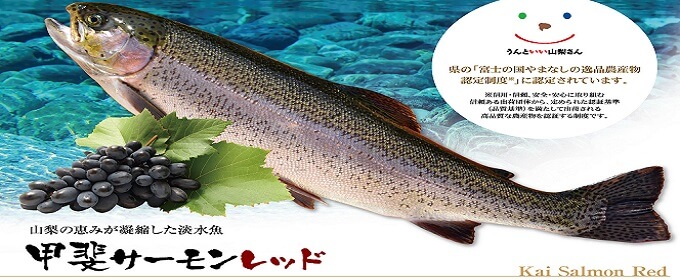
Nowadays, salmon sushi is top 3 in the most favorite sushi ranking of Japan. Most popular sushi is salmon sushi in some conveyor belt sushi restaurants. There are various salmon sushi in these restaurants, salmon with onion, avocado, eggplant(aubergine), cheese, chili oil, miso and more. The salmon sushi with onion and mayonnaise is very popular among them because most conveyor belt sushi restaurants serve it.
On the other hand, sushi restaurants with a long history or high price do not serve salmon sushi. It is said that sushi chefs protect the tradition of sushi and think they should not serve fishes imported from foreign countries. In fact, all sushi restaurants in Japan with a star Michelin rating do not serve salmon sushi. Sukiyabashi Jiro where former president Obama went and eat sushi never serve salmon sushi.
Shake which is a wild-caught salmon is usually eaten by Japanese. Most Japanese like a rice ball called Onigiri, especially onigiri with grilled shake. There are many shake dishes in Japan, salt-grilled shake, shake with salty sweet sauce, fried shake marinated in spicy vinegar sauce (Nanbanzuke), shake stir-fry with miso sauce (Chan-chan-yaki) and more. In addition, there are special shake called Tokishirazu and Keiji. They are delicious though they are expensive.
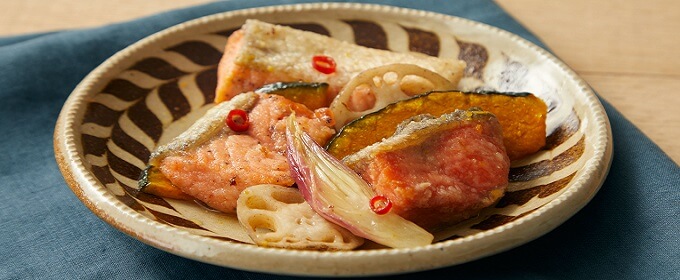
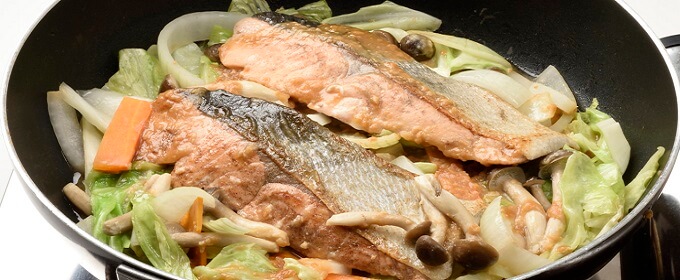
By the way, some consumers in a conveyor belt sushi restaurant hesitate about ordering a salmon sushi because there are various salmon, Nama-salmon, Aburi-salmon, Toro-salmon, Oh-toro-salmon. Nama-salmon is very fresh since it does not experience freezes after landing. Aburi-salmon is seared salmon sushi. It may be good for people do not like raw fish. Toro-salmon comes from the fatty tummy of salmon. It is also called Harasu. Oh-toro-salmon is fattiest cuts of Toro-salmon.
You can enjoy various sushi including salmon when you travel Japan. You also can buy Onigiri with shake easily at convenience stores or grocery stores. Some people like Onigiri better than sushi. If you like sushi and conveyor belt sushi restaurant, you can invest it. Food and life companies which is the largest sushi company is listed in Tokyo Stock Exchange (TYO:3563), Kura Sushi Inc which is the second largest sushi company is also listed in this market (TYO:2695). These companies are also included some ETFs for investing Japanese companies.
- There are various alternative foods!?
- Ikura and Sujiko are little different!?
- Shake means salmon, but they are different!?
- Various crab and crab dishes in Japan!?
- What is Kappa-maki and Kappa?
- Good-old sushi restaurants do not serve raw shrimp sushi!?
- Japanese eat various squid and squid dishes!?
- There are various toro, that is confusing!?
- Various tuna and tuna dishes in Japan!?
- There are various way to use wasabi!?
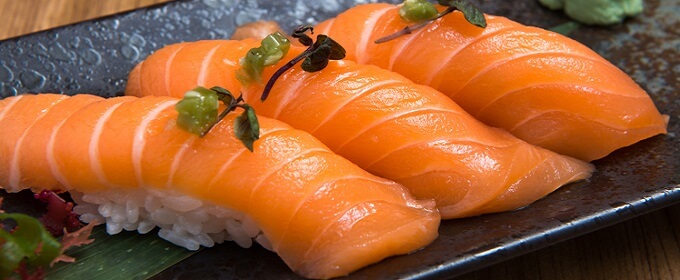
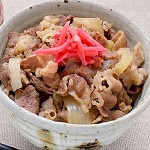 Gyudon
Gyudon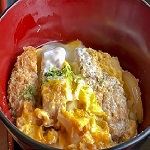 Katsudon
Katsudon Unadon
Unadon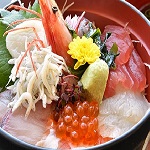 Kaisendon
Kaisendon